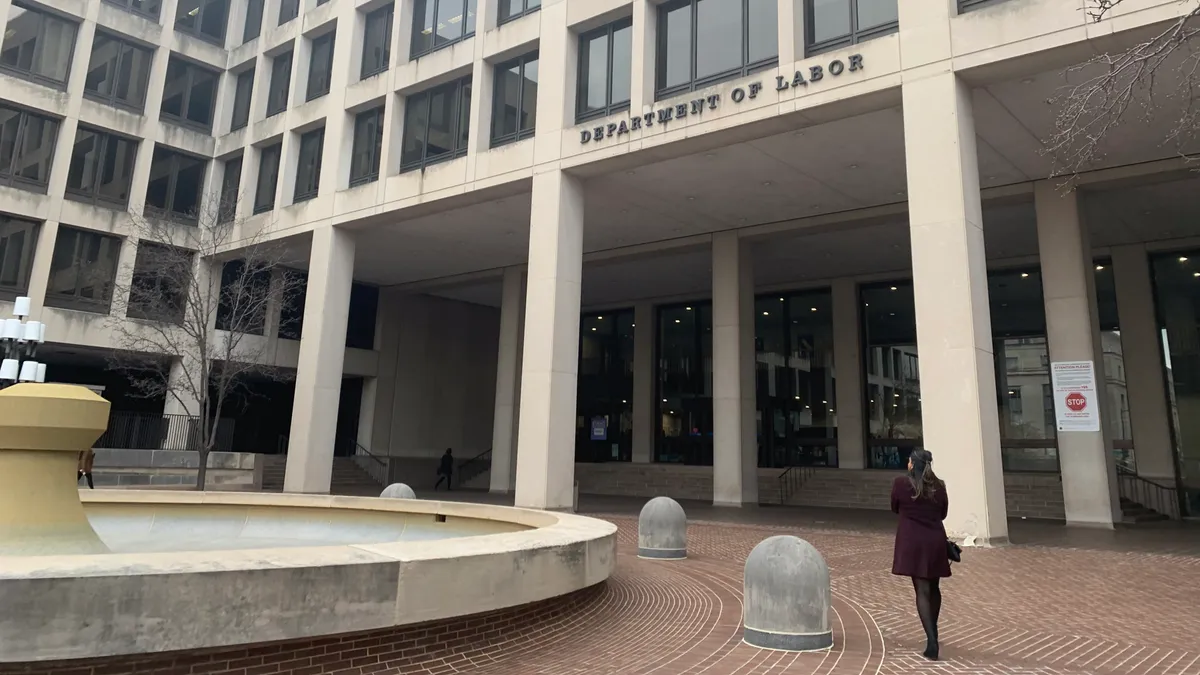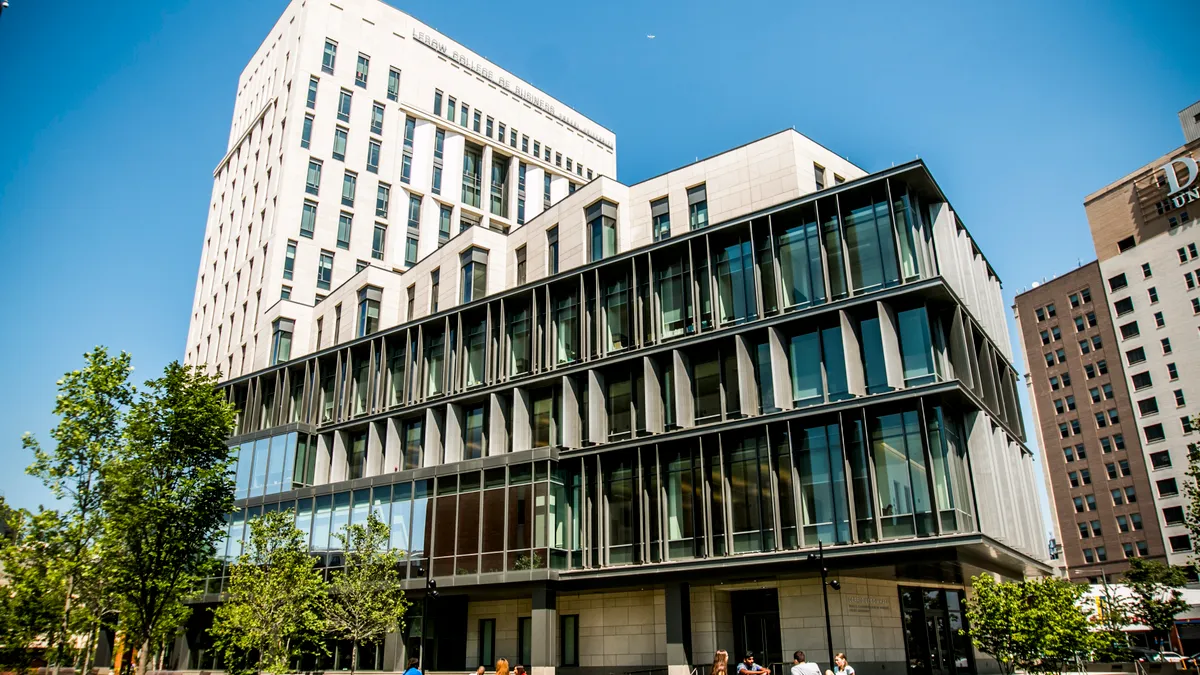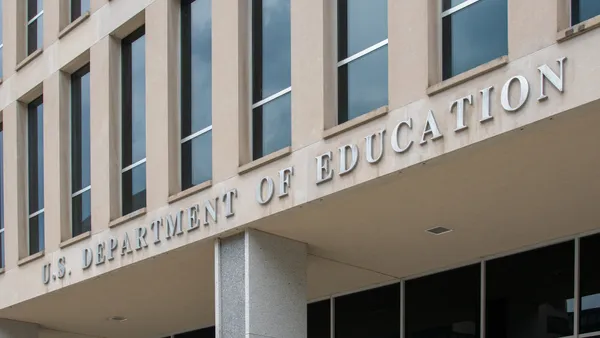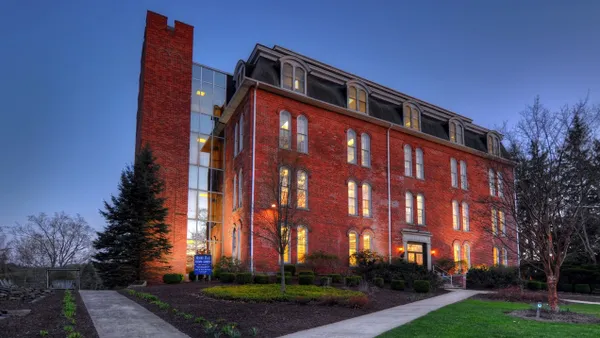Dive Brief:
- U.S. public universities and colleges are becoming less accessible and less affordable for their states' low-income and minority students as the institutions seek more revenue and better rankings by enrolling more international and out-of-state students as well as those with better test scores and grades, according to Inside Higher Education, reporting on two new studies.
- New America found that in its evaluation of 584 public universities, the neediest freshmen at half of those universities were paying more than one-third of their families' income to attend, on average more than $10,000 and growing. According to a New America analyst quoted by Inside Higher Ed, the trend is a result of the institutions following private school enrollment tactics, including recruiting out of their state with tuition incentives. It noted that the University of Maine, for instance, was offering out-of-state students tuition levels they would get at their state's flagship university.
- At the same time, a Institute for Higher Education Policy (IHEP) study looked at six Midwest flagship universities and found while enrollment of low-income and minority students has grown at those institutions, it hasn't kept pace with the number of these students graduating from high school. Meanwhile, the medium test scores and enrollment of out-of-state students has risen, contrary to the institutions' mission to serve all students of their states a priority.
Dive Insight:
This trend and a variety of other initiatives at public institutions largely are designed to make up for a persistent gap in state funding.The Center on Budget and Policy Priorities recently reported states have cut support for public higher education by more than $7 billion since the Great Recession. Funding was largely flat from the 2017-18 to 2018-19 academic years, with an average 3.4% increase per student in 18 states and an average 2.6% decline in 31 states.
Meanwhile, tuition increases averaged 36% at four-year public colleges from 2008 to 2018 and have outpaced median family income, the report notes, taking about 14% of a family's paycheck in 2008 and more than 16% in 2017.
Public institutions counter that, despite their financial bind, say they are trying to help students within their states who struggle paying for college — and even those with moderate incomes.
While IHEP reported that the University of Michigan had a significant gap in minority and low-income student access, the university said in a press release this week that 26% of its in-state undergrads paid no tuition through the Go Blue Guarantee, which offers free tuition to full-time students with annual family incomes of $65,000 and less.
The University of North Carolina at Chapel Hill is offering state residents from middle-income families scholarships from a new $20 million aid fund, potentially providing them with with $7,500 annually as well as $2,500 per year in work-study support and a one-time $2,500 grant for study abroad, internships and other costs. The University of Virginia just announced it will waive tuition for in-state students whose families earn less than about $80,000 annually while students from families earning less than $30,000 annually would be eligible for free tuition and room and board.
And private institutions are announcing incentives, too. St. John's College in Maryland and New Mexico has slashed listed tuition by $17,000 to $35,000 and hopes to make up the gap with fundraising. Rice University in Houston also is offering deals.
Nevertheless, critics note that such efforts to make college affordable often cause budget headaches and too often aren't delivered equitably.












